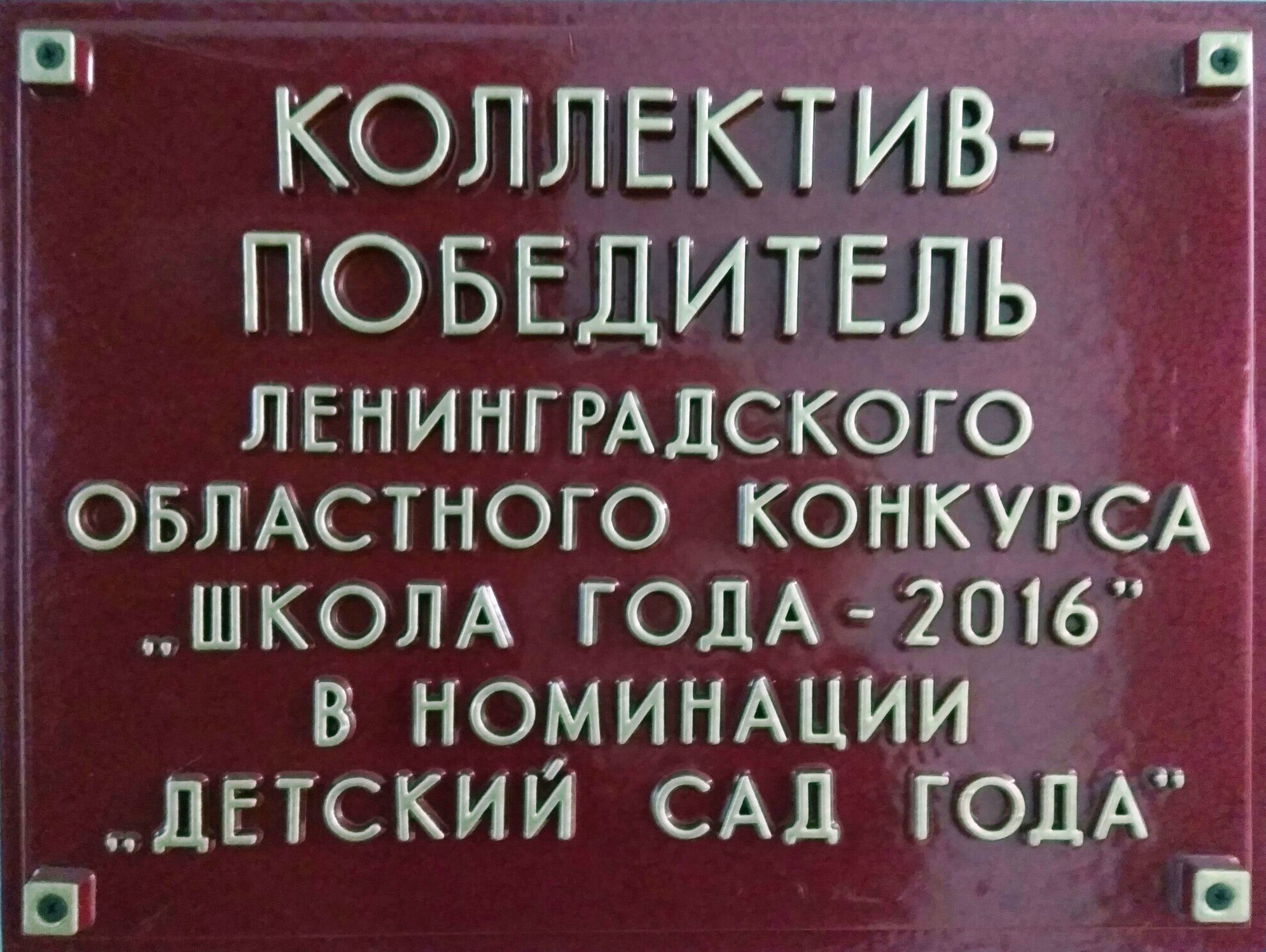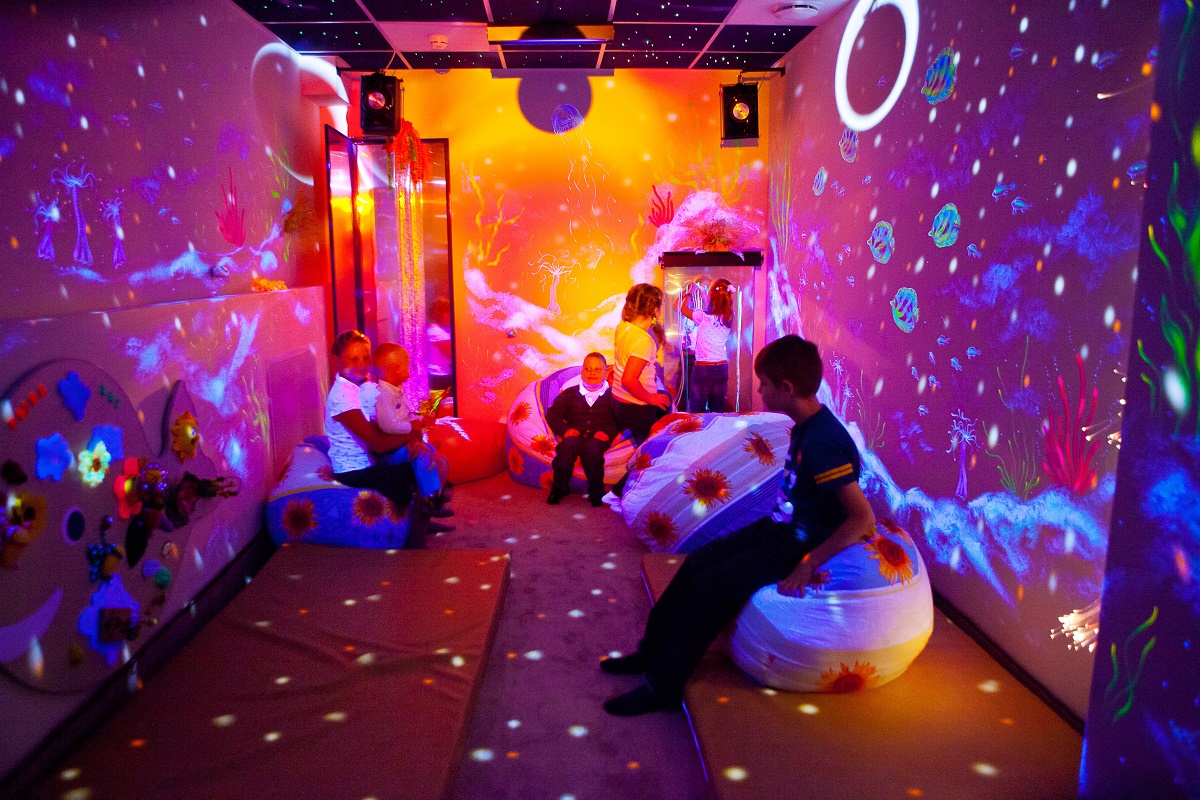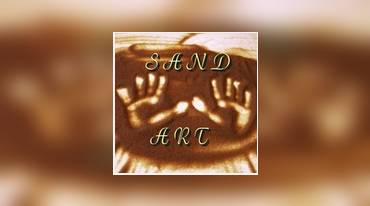Bettmann Archive/Getty Images
By 1966, the civil legal rights motion was in fact momentum that is gaining significantly more than ten years, as tens and thousands of African Us citizens embraced a method of nonviolent protest against racial segregation and demanded equal liberties beneath the legislation.
But also for a number that is increasing of Us americans, especially young black colored gents and ladies, that strategy didn’t get far sufficient. Protesting segregation, they thought, neglected to adequately deal with the poverty and powerlessness that generations of systemic discrimination and racism had imposed on many black colored Americans.
Motivated by the axioms of racial pride, autonomy and self-determination expressed by Malcolm X (whoever assassination in 1965 had brought a lot more focus on his some ideas), also liberation motions in Africa, Asia and Latin America, the Ebony Power movement that flourished within the belated 1960s and вЂ70s argued that black colored People in the us should give attention to producing financial, social and power that is political of very very own, as opposed to look for integration into white-dominated culture.
Crucially, Black Power advocates, specially more groups that are militant the Black Panther Party, would not discount the employment of physical physical violence, but embraced Malcolm X’s challenge to pursue freedom, equality and justice “by any means necessary.”
The March Against Worry — 1966 june
Dr. Martin Luther King, Jr. being shoved back once again by Mississippi patrolmen through the 220 mile ‘March Against worry’ from Memphis, Tennessee to Jackson, Mississippi, Mississippi, on June 8, 1966.
Underwood Archives/Getty Images
The emergence of Ebony Power as being a synchronous force alongside the main-stream civil legal rights motion happened through the March Against worry, a voting liberties march in Mississippi in June 1966. The march initially started as being a solamente work by James Meredith, who had end up being the first African US to wait the University of Mississippi, a.k.a. Ole Skip, in 1962. He had put down in early June to walk from Memphis, Tennessee, to Jackson, Mississippi, a distance greater than 200 kilometers, to market black colored voter registration and protest ongoing discrimination in the house state.
But following a white gunman shot and wounded Meredith for a rural road in Mississippi, three major civil liberties leaders—Martin Luther King, Jr. for the Southern Christian Leadership Conference (SCLC), Stokely Carmichael associated with the pupil Nonviolent Coordinating Committee (SNCC) and Floyd McKissick for the Congress of Racial Equality (CORE) made a decision to carry on the March Against Fear inside the title.
Within the times in the future, Carmichael, McKissick and other marchers were harassed by onlookers and arrested by neighborhood police force while walking through Mississippi. Talking at a rally of supporters in Greenwood, Mississippi, on June 16, Carmichael (who was simply released from jail that day) started leading the audience in a chant of “We want Ebony energy!” The refrain endured in razor- razor- sharp comparison to a lot of rights that are civil, where demonstrators commonly chanted “We want freedom!”
Stokely Carmichael’s Role in Ebony Energy
From left to right, Civil liberties leaders Floyd B. McKissick, Dr. Martin Luther King, Jr. and Stokely Carmichael marching to encourage voter enrollment, 1966.
Vernon Merritt III/The LIFETIME Photos Collection/Getty Images
Although the writer Richard Wright wrote a guide en en titled Ebony energy in 1954, plus the expression was indeed used among other black colored activists before, Stokely Carmichael had been the first to ever make use of it as being a governmental motto this kind of a general public method. As biographer Peniel E. Joseph writes in Stokely: A Life, the occasions in Mississippi “catapulted Stokely to the political space final occupied by Malcolm X,” as he continued television news programs, ended up being profiled in Ebony and written up within the ny occasions beneath the headline “Black Power Prophet.”
Carmichael’s growing prominence place him at odds with King, whom acknowledged the frustration among numerous African Americans with all the sluggish speed of modification, but didn’t see physical violence and separatism as a viable course ahead. A war both Carmichael and King spoke out against) and the civil rights movement King had championed losing momentum, the message of the Black Power movement caught on with an increasing number of black Americans with the country mired in the Vietnam War.
Ebony Energy Motion Growth—and Backlash
Stokely Carmichael talking at a rights that dating over 50 are civil in Washington, D.C. on April 13, 1970.
Bettmann Archive/Getty Images
King and Carmichael renewed their alliance in very early 1968, as King ended up being planning their Poor People’s Campaign, which aimed to create several thousand protesters to Washington, D.C., to necessitate a finish to poverty. However in 1968, King was assassinated in Memphis while in town to support a strike by the city’s sanitation workers as part of that campaign april.
A mass outpouring of grief and anger led to riots in more than 100 U.S. cities in the aftermath of King’s murder. Later that 12 months, perhaps one of the most visible Ebony energy demonstrations were held in the Summer Olympics in Mexico City, where black colored athletes John Carlos and Tommie Smith raised black-gloved fists floating around regarding the medal podium.
The US Organization, the Republic of New Africa and others, who saw themselves as the heirs to Malcolm X’s revolutionary philosophy by 1970, Carmichael (who later changed his name to Kwame Ture) had moved to Africa, and SNCC had been supplanted at the forefront of the Black Power movement by more militant groups, such as the Black Panther Party. Ebony Panther chapters started running in many different towns and cities nationwide, where they advocated a 10-point program of socialist revolution (supported but armed self-defense). The group’s more practical efforts focused on building up the community that is black social programs (including free breakfasts for school children).
Numerous in mainstream white society viewed the Black Panthers and other Black Power groups adversely, dismissing them as violent, anti-white and enforcement that is anti-law. Like King along with other civil legal rights activists before them, the Black Panthers became goals of this FBI’s counterintelligence system, or COINTELPRO, which weakened the team dramatically by the mid-1970s through such strategies as spying, wiretapping, flimsy unlawful costs as well as assassination.









